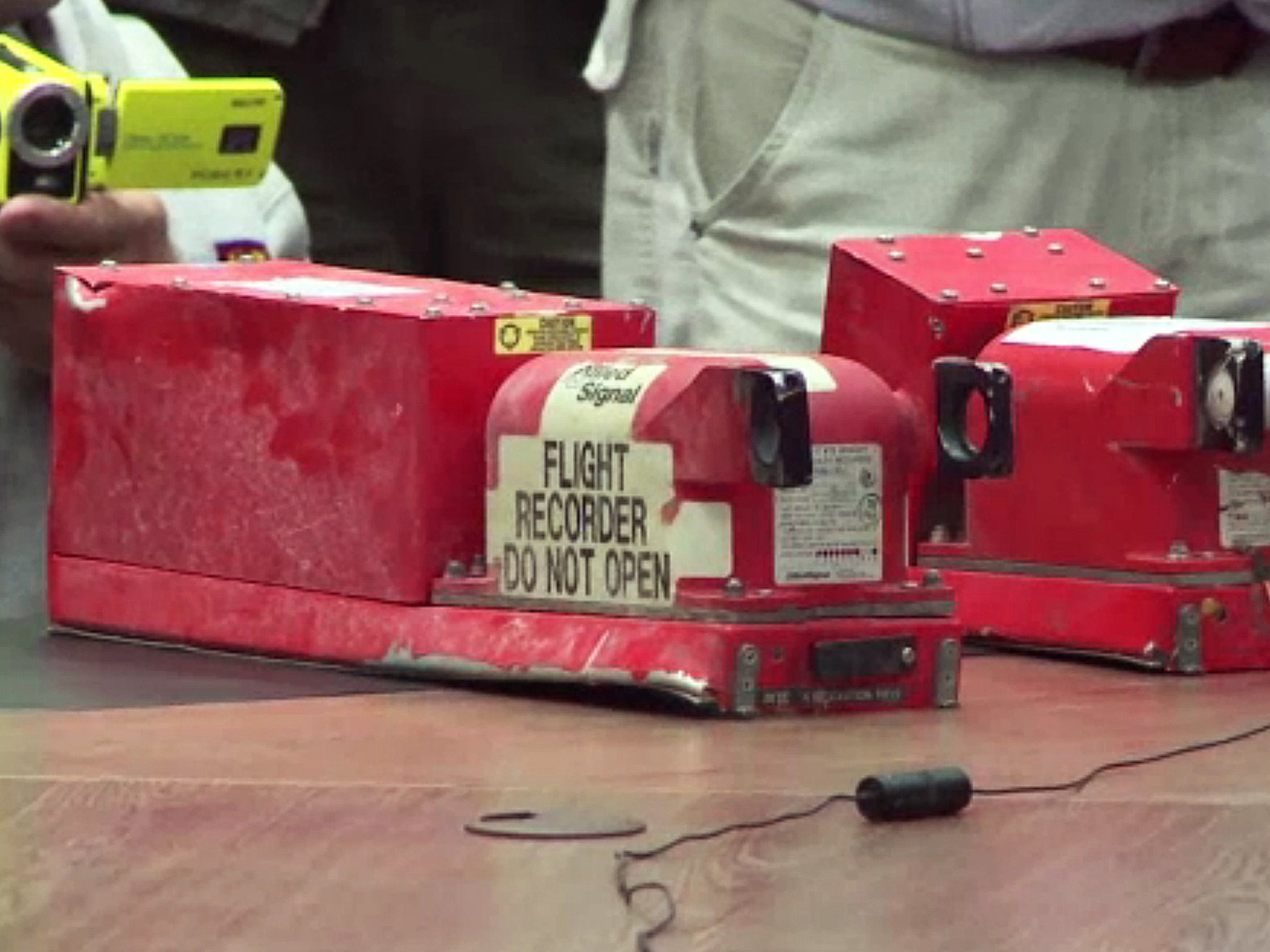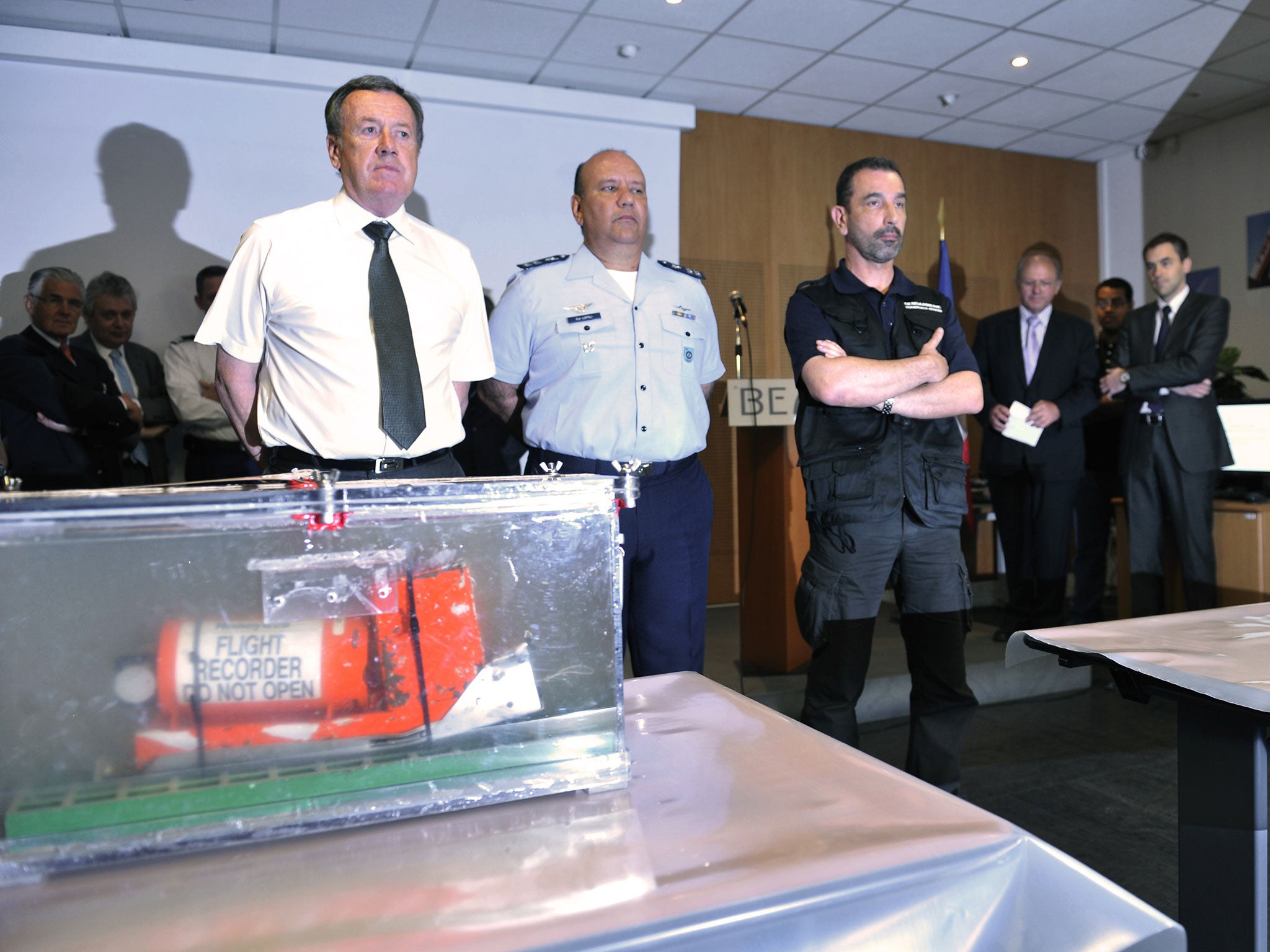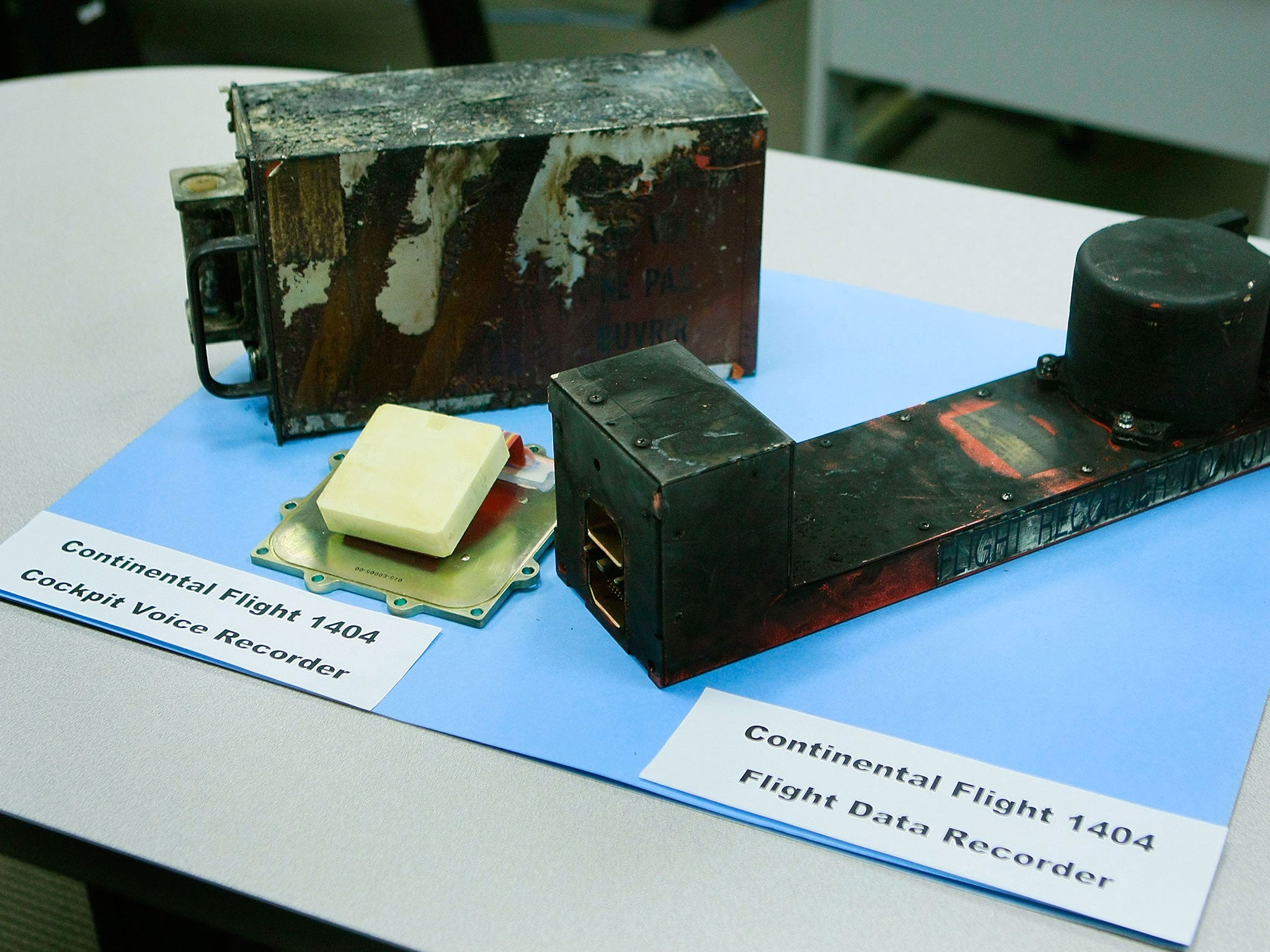MH17 crash: What are the 'black boxes' and what could they reveal?
The black boxes of the Malaysia Airlines flight will be analysed by Britain's Air Accidents Investigation Branch

Britain's Air Accidents Investigation Branch (AAIB) has been tasked with retrieving crucial data from the black boxes of the Malaysia Airlines flight MH17 to be sent for "international analysis", in an effort to determine the circumstances surrounding the plane crash in eastern Ukraine.
On Tuesday, pro-Russian rebels in the area handed over the two recorders found in the wreckage of the plane crash, which killed all 298 passengers on board.
But what are the 'black boxes' and what information could they actually provide the investigation with?
Commercial and corporate aircraft's must be fitted with a flight data recorder (FDR) and cockpit voice recorder (CVR). They store key flight parameters, conversations that took place and any sounds from inside the cockpit.
Both are designed to withstand a severe aircraft accident so their data can be used to investigate the circumstances of aviation incidents. They are usually installed in the tail of the plane to increase their chance of survival in a crash.
Despite their names, the recorders are a bright orange colour in order to make them easier to discover. They are also fitted with an underwater locater beacon which is activated when water comes into contact with a sensor.
The Flight Data Recorder
The FDR’s main purpose is to record the various operating functions of a plane, including altitude, engine power, the direction a plane is travelling in, time, airspeed, and hundreds of other actions.
They can also monitor other flight parameters, such as auto-pilot and fuel gage.
So, whenever a pilot flicks a switch or presses a button, these actions are recorded. A FDR can record between 17 and 25 hours of flight data using solid-state memory boards.

It also records warnings, such as the loss of cabin pressure, depending on how quickly power is lost as both the FDRs and CVRs are powered by generators drawing from the plane’s engines.
The data taken from a FDR can be used to reconstruct the flight itself prior to a crash, to gain a better understanding of how the plane was being handled shortly before the an incident.
The Cockpit Voice Recorder
The CVR records conversations between crew and radio communications between the cockpit and other personnel, such as ground control or other planes.
It works by recording the signals of microphones and earphones attached to the pilot and co-pilot’s headsets, headset of a third crew member (if there is one on board) and an area microphone in the roof of the cockpit.

They record ambient sounds that occur within the cockpit, such as engine noises, which investigators can also analyse when trying to determine the cause of the crash.
The microphones send audio to the CVR, where the sounds are stored.
Audio data is recorded for a minimum of two hours and is important for an aviation investigation, particularly for establishing the timing of events in a crash.
Join our commenting forum
Join thought-provoking conversations, follow other Independent readers and see their replies
Comments